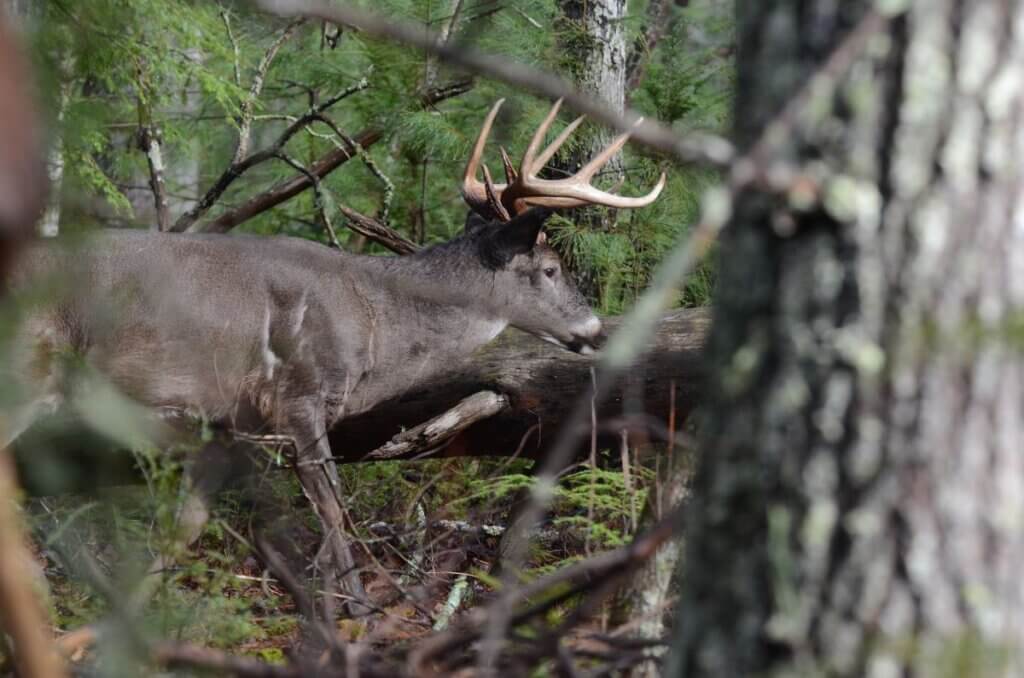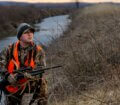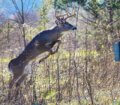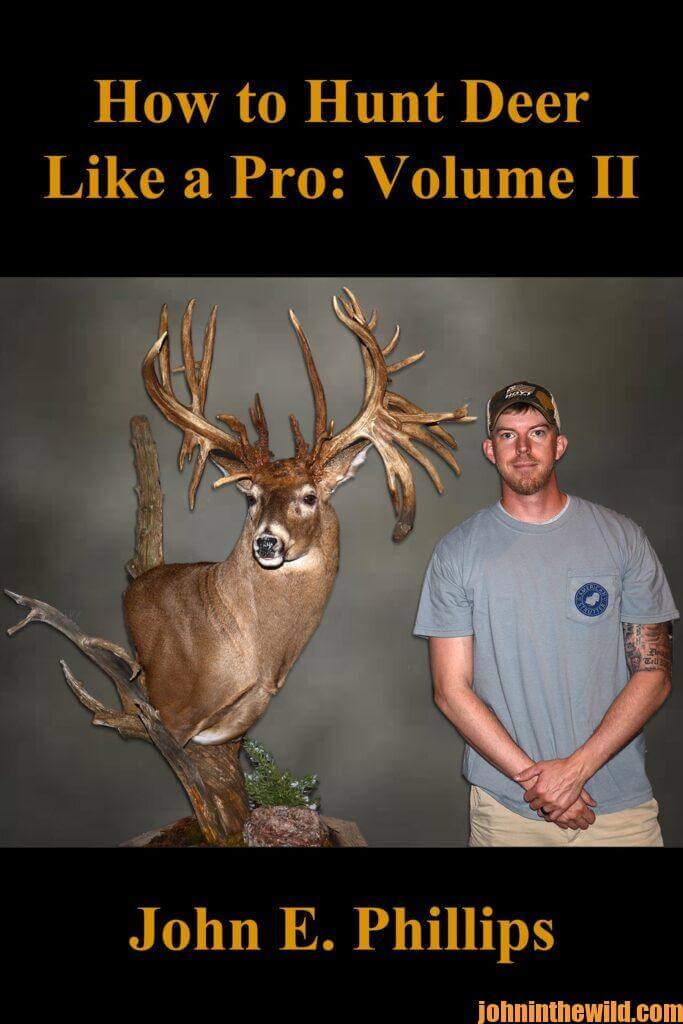Editor’s Note: Nationally-known deer seminar speaker, avid deer hunter and my longtime friend, Ronnie Groom of Panama City, Florida, owned C&G Sporting Goods for 60 years. He’s faced this problem of how to get a buck within range often in the areas he hunts. He uses these tactics, which work well for bowhunters and/or gun hunters, to funnel deer into their stand sites.

Most archers know that when habitat is restricted, deer will funnel through a small neck to move from one area to another. For example, if there are two fields on either side of a wood lot, often where those fields corner will be a small neck of woods that looks like the end of a funnel. Here is where the deer that want to travel from one woodlot to another woodlot naturally will pass through, rather than having to walk through the field. And, these are ideal places for the deer hunter to set-up. However, one of the common problems is that these funnels may be 75- to 100-yards wide. If the deer walks on one side of the funnel while the hunter is set-up on the other side, if he’s bowhunting, he may not get a shot. The neck of the funnel must be narrowed-down to put the deer within range.

“Many times there are natural obstacles in the funnel to help you,” Groom mentions. “Often there will be an edge where maybe a creek bottom divides the funnel, and the deer naturally will walk to the edge of the creek. Or, there may be a briar thicket or some type of thick cover that will serve as an edge. So, I search for edges within funnels, which will concentrate deer into a smaller area. I also look for downed trees. Although deer can hop over a fallen tree, usually deer will walk around the tree. Therefore if I can find a fallen tree in a funnel area, I set-up close to the tree – assuming that the deer will walk around the tree rather than going over it. If there’s no edge, no downed-tree or any way to funnel the deer, then I build a brush walk across one side of the funnel. The deer will begin to walk around that brush obstruction and funnel under the tree where I am.”
Many funnel areas may be regions with plenty of thick brush – not just relatively-open funnel regions found in hardwoods. These types of places may be better locations to see deer. “When I locate a neck of woods with very-heavy cover that I feel the deer are funneling through, I go in prior to the season and cut a trail through that thick cover for the deer,” Groom comments. “Then the deer have a clean, easier trail to walk through the cover. Often, they will begin to utilize that trail and be right where I want them to be when the season starts.”
After using handsaws and pruning shears to cut trails to funnel deer, you can name those places to put in your hunting apps or hunting journal, as well as your GPS.

Groom was hunting in Georgia one season when he encountered a bottleneck that was too wide to bowhunt. “The night before I planned to hunt this region, we had a tremendous rain. The bottleneck had some low gullies and ditches in it. Right after the rain, these low places in the funnel filled with water. The standing water narrowed the neck from 100 yards down to 20 yards. The deer could have walked through the water, which was only about 6 – 8 inches deep, but instead they moved around the water to within 20 yards of my stand. By learning to close down natural funnels, you can put more deer at closer range more often.”
John E. Phillips’ latest deer book “How to Hunt Deer Like a Pro: Volume II,” just was published on Amazon in print and Audible.
Since deer hunting and deer hunters are drastically changing each year, John interviewed some top deer hunters like Mark Drury, Dr. Larry Marchinton, Dr. Bob Sheppard, Pat Reeve, Gene Wensel, Cody Robbins, Ernie Calandrelli, Brian Murphy and Luke Brewster, who took the world’s largest whitetail, to learn their up-to-date techniques for successfully hunting deer and having more places to hunt.
Learn even more about hunting deer by checking out John’s book, “How to Hunt Deer Up Close with Bows, Rifles, Muzzleloaders and Crossbows” and available in Kindle, print and Audible.
When you click on these books, notice on the left where Amazon says you can read and hear 10% of the Audible books for free. You can click on Buy the Audible book on the right side of the pages and below the offer for a free Audible trial.
Click here to see all of John E. Phillips’ books on hunting and fishing.
Tomorrow: Use Human Scent to Take Deer












